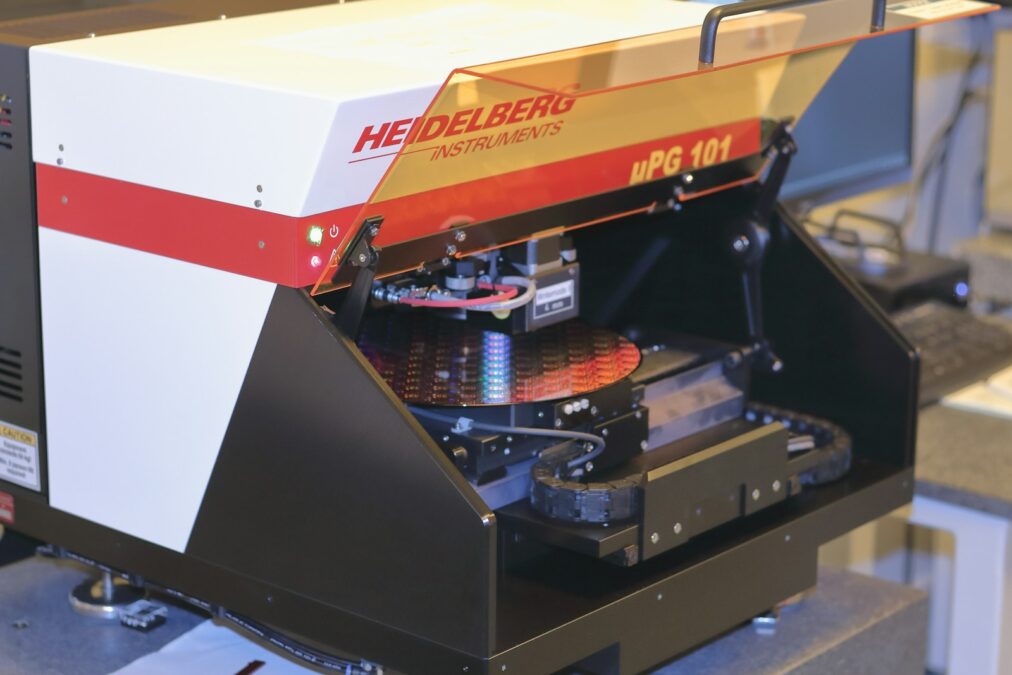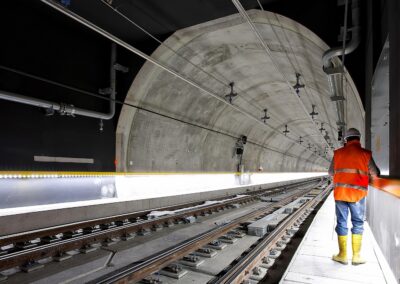Nanotechnology’s Impact on Building Sustainability
Introduction to Nanotechnology in Construction
Nanotechnology is revolutionizing the construction industry by offering innovative solutions to enhance the durability and performance of building materials. In regions like Saudi Arabia and the UAE, where rapid urbanization and infrastructure development are prevalent, the adoption of nanotechnology in construction holds immense potential for promoting sustainability and resilience. By incorporating nano-sized particles into materials such as concrete, steel, and coatings, construction companies can significantly improve the lifespan and structural integrity of buildings and infrastructure.
The use of nanotechnology in construction materials involves the manipulation of materials at the nanoscale to achieve desirable properties and functionalities. For example, nanoparticles can be added to concrete mixtures to enhance strength, reduce permeability, and increase resistance to environmental factors such as moisture, corrosion, and microbial growth. Similarly, nanocoatings applied to surfaces can provide protection against UV radiation, chemical degradation, and abrasion, prolonging the lifespan of building exteriors and infrastructure components.
Nanotechnology offers a wide range of benefits for construction projects, including increased durability, reduced maintenance costs, and improved sustainability. By improving the performance and longevity of building materials, nanotechnology contributes to the overall resilience and safety of structures, mitigating risks associated with deterioration, weathering, and structural failure. In addition, the use of nano-enhanced materials aligns with the growing demand for sustainable construction practices, supporting efforts to reduce resource consumption, minimize waste, and lower carbon emissions.
Applications of Nanotechnology in Construction
The application of nanotechnology in construction is multifaceted, encompassing various aspects of building design, materials engineering, and project management. One prominent application is the development of self-healing concrete, which incorporates nanoscale capsules containing healing agents that can repair cracks and fractures autonomously. This innovative approach not only extends the lifespan of concrete structures but also reduces the need for costly repairs and maintenance, making it an attractive solution for infrastructure projects in urban areas.
Furthermore, nanotechnology enables the production of lightweight and high-strength construction materials that offer superior performance compared to traditional alternatives. Nanocomposites, for example, combine nanoparticles with polymers or fibers to create materials with exceptional mechanical properties, such as increased tensile strength, flexural strength, and impact resistance. These advanced materials are ideal for applications where weight reduction, durability, and structural integrity are paramount, such as in high-rise buildings, bridges, and aerospace structures.
Another area where nanotechnology is making significant strides is in the development of environmentally friendly construction materials. Nanoparticles can be used to enhance the sustainability of traditional building materials by improving their thermal insulation properties, reducing energy consumption, and enhancing recyclability. Additionally, nanomaterials offer opportunities for the integration of smart functionalities into buildings, such as self-cleaning surfaces, energy harvesting coatings, and sensors for structural health monitoring, further enhancing the overall efficiency and performance of built environments.
Future Outlook and Conclusion
As the construction industry continues to embrace nanotechnology, the future outlook for sustainable building practices is promising. Continued research and innovation in nanomaterials and construction techniques will drive the development of more advanced and environmentally friendly solutions for infrastructure development and urbanization. In Saudi Arabia, the UAE, and other rapidly growing regions, the adoption of nanotechnology in construction will play a crucial role in meeting the evolving needs of urban populations while minimizing the environmental impact of building activities.
In conclusion, nanotechnology is reshaping the construction industry by offering novel approaches to enhancing the durability, performance, and sustainability of building materials. Through the integration of nano-sized particles into construction materials and coatings, companies can achieve significant improvements in structural integrity, longevity, and resilience. As nanotechnology continues to evolve, its application in construction will lead to safer, more efficient, and more environmentally conscious built environments, supporting the development of sustainable cities and infrastructure for generations to come.
—
#NanotechnologyConstructionMaterials #ConstructionMaterials #DurabilityEnhancement #SaudiArabia #UAE #Riyadh #Dubai #BuildingTechnologies #SustainableConstruction























